-

Organic farming
-
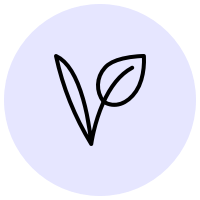
Vegan friendly
-

Hand crafted
-

Ambient yeast
-
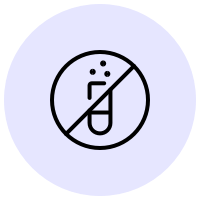
No chemicals
The Wine: Back Grin Grignolino 2021
Fabio Gea Back Grin Grignolino is a red natural wine made from 100% Grignolino grapes grown in the Barbaresco area of Piedmont, Northwestern Italy.
"Fabio makes this wine with grapes purchased from a friend. The name of this wine is literal and in English: "Back Grin". The estate's sickle and rake logo (which Fabio has said is intentionally made to resemble a human backside) has a hand drawn smile on every bottle. The idea, we believe, is to show you can be playful and creative in a traditional area. The "grin" is also a reference to the Grignolino grape. The wine is bottled in old Travaglini Gattinara bottles Fabio found in an old warehouse." (source: Louis Dressner)
The Producer: Fabio Gea
"With our special knack for finding new winemakers who have converted their lives from one of slavery to Mammon, God of Money, to that of slavery to Bacchus, God of Wine, we've run smack-dab against one of the craziest, funny, "uh-oh" and provocative winemakers we've ever met. His name is Fabio Gea and he is making delicious wines from small parcels in Barbaresco.
The land comes from his maternal grandfather Pòtu, (diminutive for Giuseppe in dialect) and is centered around different parts of Barbaresco, mostly near the Bricco. During his grandfather's time, the vines were still in polyculture, although he was apparently an expert who at one time had over 200 grape varieties on his land. But the winemaking and vineyard care skipped a generation and most of the plots became semi-abandoned. Fabio, after receiving his doctorate and working as a successful geologist for corporate companies for a number of years, decided to leave that world and reprise the family winemaking tradition. He also started bringing the vineyards back into shape.
The whole enterprise is a few lines of Nebbiolo inside and outside of the Barbaresco designation, as well as small patches of Dolcetto and Barbera - in total 0.9 hectares from family land and some additional plots he's been able to rent. All vineyard work is done by hand, with minimal treatments of only copper and sulfur. In the cellar, apart from experiments in the "toilet" (Gea has crafted his own porcelain amphoras, certainly a first as far as we are concerned), he uses older barrels of 440 liters and 500 liters, glass and stainless steel. The total production is around 5000 bottles a year of 18 different wines. Some wines are traditional, and others are definitely outside the box.
La Msoira e'L Rastel is the titular name of the estate. It is represented in the symbol on the bottle and means "The Sickle and the Rake" in Piemontese dialect." (source: Louis Dressner)
The Region: Piedmont
Piedmont (or Piemonte in Italian), described by many wine lovers as the “Burgundy of Italy”, is without a doubt one of the most revered wine-producing regions in the world.
Piedmont, which literally means “at the foot of the mountain”, is located in the northwestern part of Italy. It borders with France (west), Valle d’Aosta (north-west), Lombardy (east), Liguria (south). The capital of Piedmont is Turin, its biggest city, and the main industrial center.
In this very similar to Veneto, Piedmont's wine landscape is defined by the presence of several indigenous grape varietals, which give a wide array of incredibly unique wines. Piedmont’s traditional winemaking has one main characteristic: grape varietals, native or non-native, are almost never blended.
The association with Burgundy comes from three essential facts:
- Great focus on the quality of production over quantity: wineries in Piedmont tend to be very small, mostly family-owned, and are integrated with the environment.
- Terroir-driven approach to viticulture and winemaking: vineyards are carefully subdivided in cru (zonazione in Italian), which gives unique wines with a specific character.
- Nebbiolo, one of the most famous red grape varietals in the world, is vinified following a similar approach to Pinot Noir in Burgundy – for example, it’s never blended.
The Red Wines of Piedmont
Nebbiolo is for Piedmont and Pinot Noir is for Burgundy. There are several Nebbiolo-based DOCGs - Barolo, Barbaresco, Ghemme, Gattinara - and it's safe to say that Nebbiolo is the most representative red grape varietal of Piedmont.
Other notable red grapes are Barbera, in all its incarnations - Barbera d'Asti, Barbera d'Alba, Barbera del Monferrato - Dolcetto - Dolcetto di Diano d'Alba, Dolcetto di Ovada, Dolcetto di Dogliani - and Brachetto d'Aqui.
Less common but very interesting, especially after being rediscovered by a handful of excellent producers, varietals such as Pelaverga, Freisa, and Grignolino, have found a new place in Piedmont's winemaking landscape.
The White Wines of Piedmont
Piedmont is very often, and mistakenly so, identified as a land of red wine – most notably Barolo and Barbaresco. However, among Piedmont’s most exciting wines, there are several whites. Erbaluce di Caluso, Gavi, and Arneis are all native grape varietals vinified superbly into exciting white wines.
Moscato d’Asti is another one of Piedmont’s mainstays, famous for its Asti Spumante iteration, the ubiquitous sweet, white, sparkling wine.
Frequently asked question
We will process and ship your order in 2-3 business days, you will receive a shipping confirmation email with tracking as soon as the Carrier scans the shipping label.
Ground shipping time depends on location, here's a breakdown:
West Coast: 1-2 business days
Midwest: 3-4 business days
East Coast: 5 business days
Process time is not shipping time. Shipping time starts from the days successive to the day of shipping, after the order has been processed.
See here our shipping policy.
Signature on delivery is mandatory for wine deliveries. Please make sure someone is at the shipping address to sign for the package.
If applicable, please consider delivering the package to a business address to ensure someone is available to sign for the package.
We also have the option of delivering the package to a Carrier's store for pickup. Please reach out to us to coordinate.
Carrier will try to delivery a package up to three times before returning the package to us.
See here our shipping policy.
If you miss a delivery and a package gets returned to us we have two options:
1) Reship the package right away: due to the very high cost of shipping and returns, we must charge a re-shipping fee to be determined based on package size and shipping destination.
2) Consolidate the returned package with your next order: this option is free of charge and it's the most popular option.
See here our shipping policy.
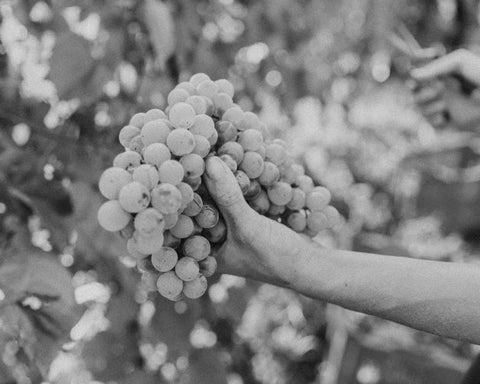
What is natural wine?
Natural wine is a type of wine made in small batches from hand-harvested organic or biodynamic grapes with minimal intervention in the cellar.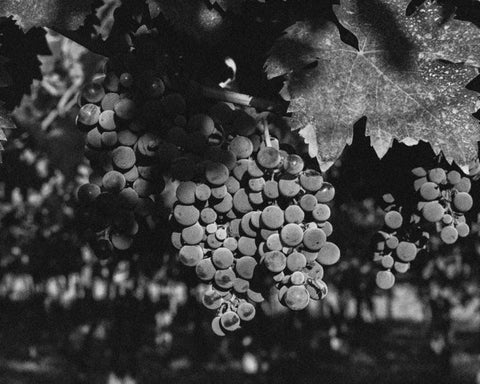
What is Biodynamics?
Biodynamic wine is wine made with grapes farmed biodynamically. Biodynamic farming is a holistic approach to farming.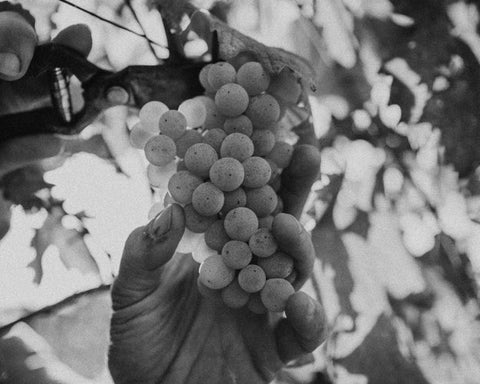
What is organic wine?
Organic wine is made with grapes farmed organically. Organic farming is a type of farming alternative to conventional farming.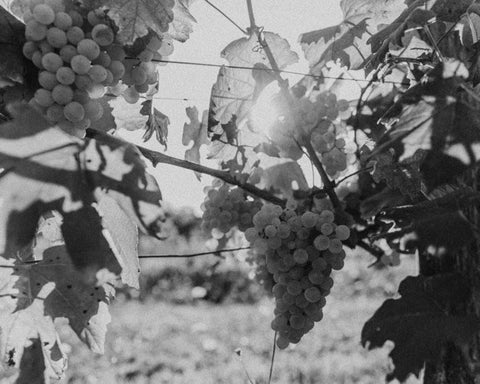


 Wine Details & Food Pairings
Wine Details & Food Pairings